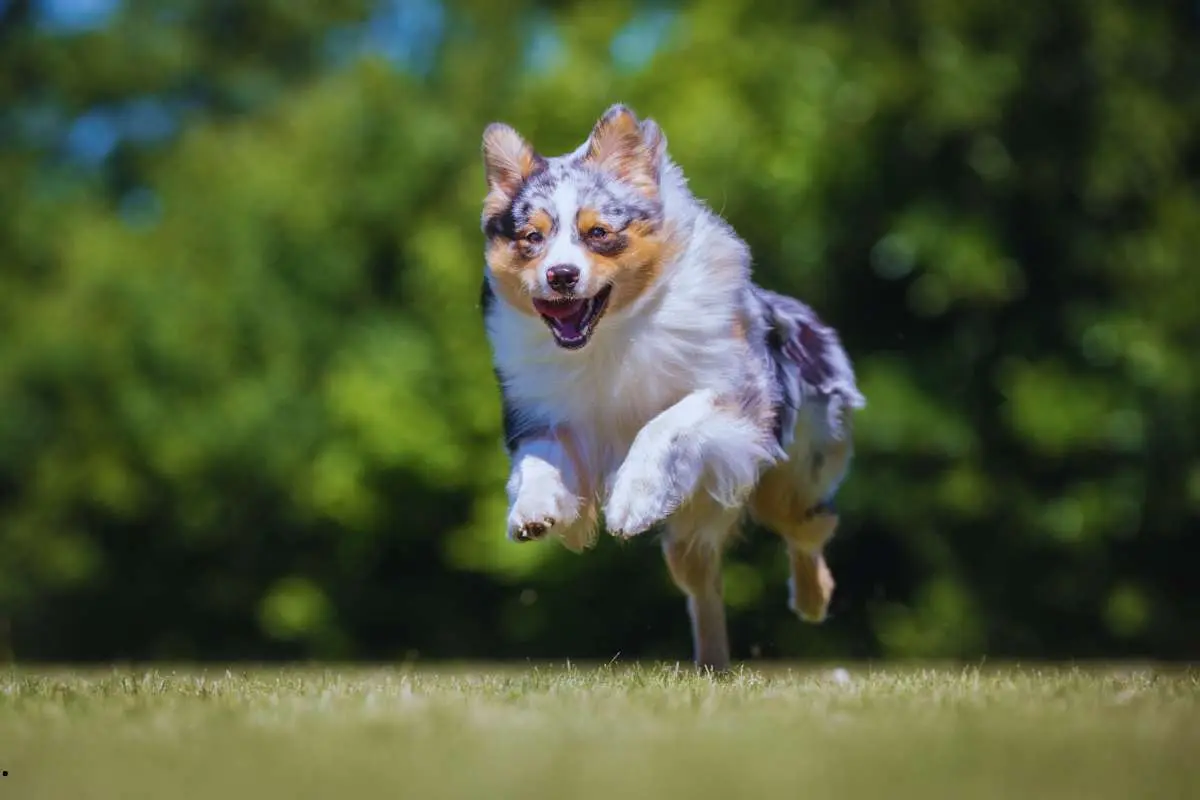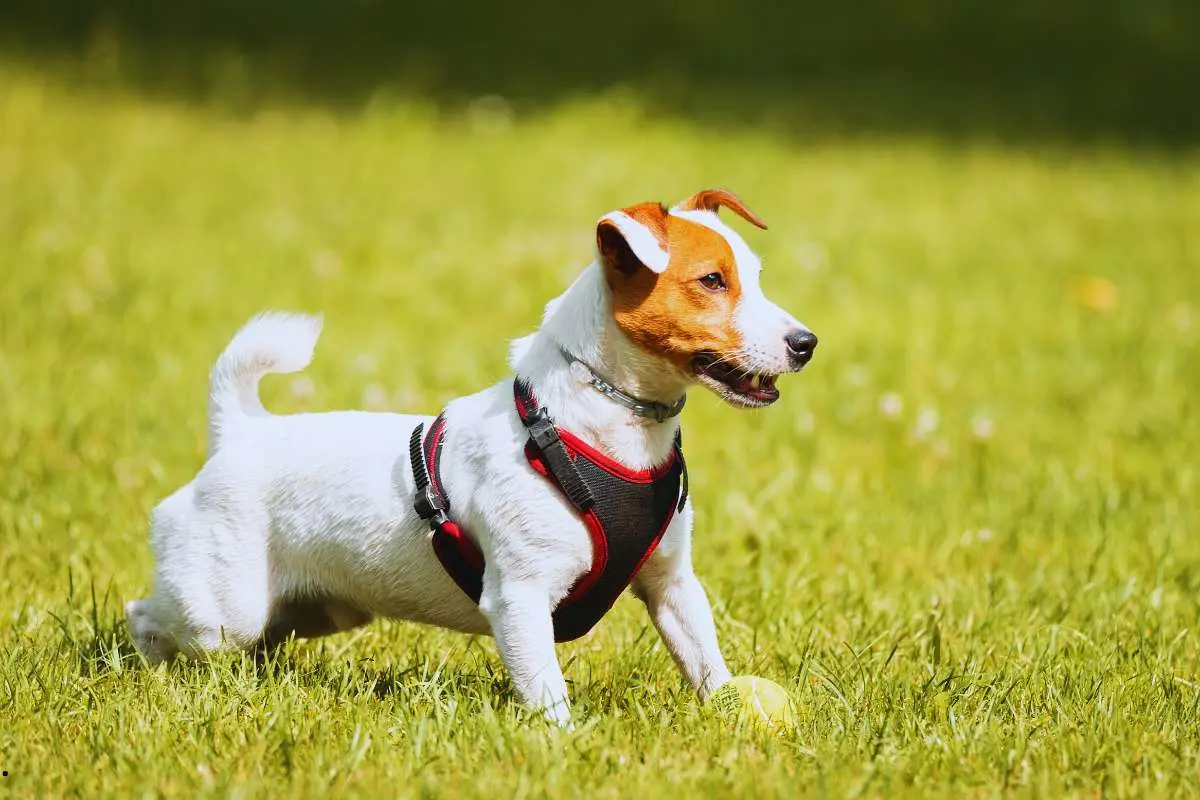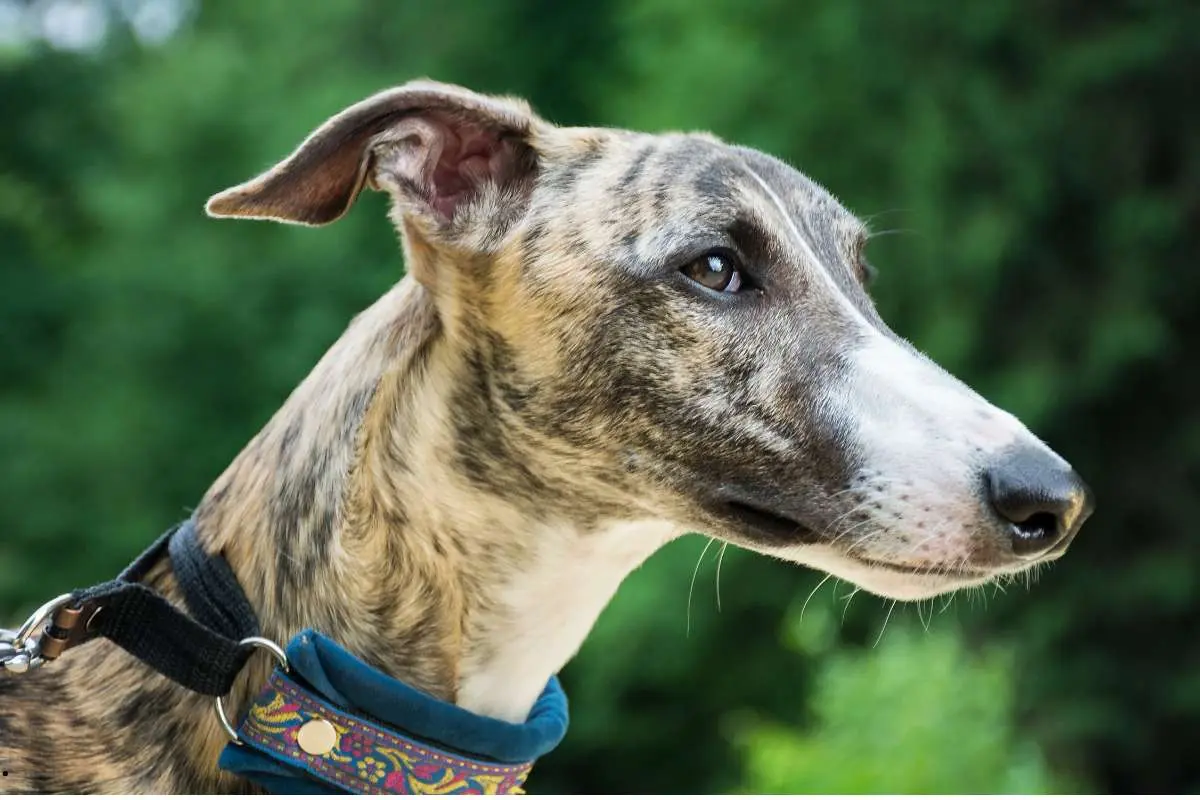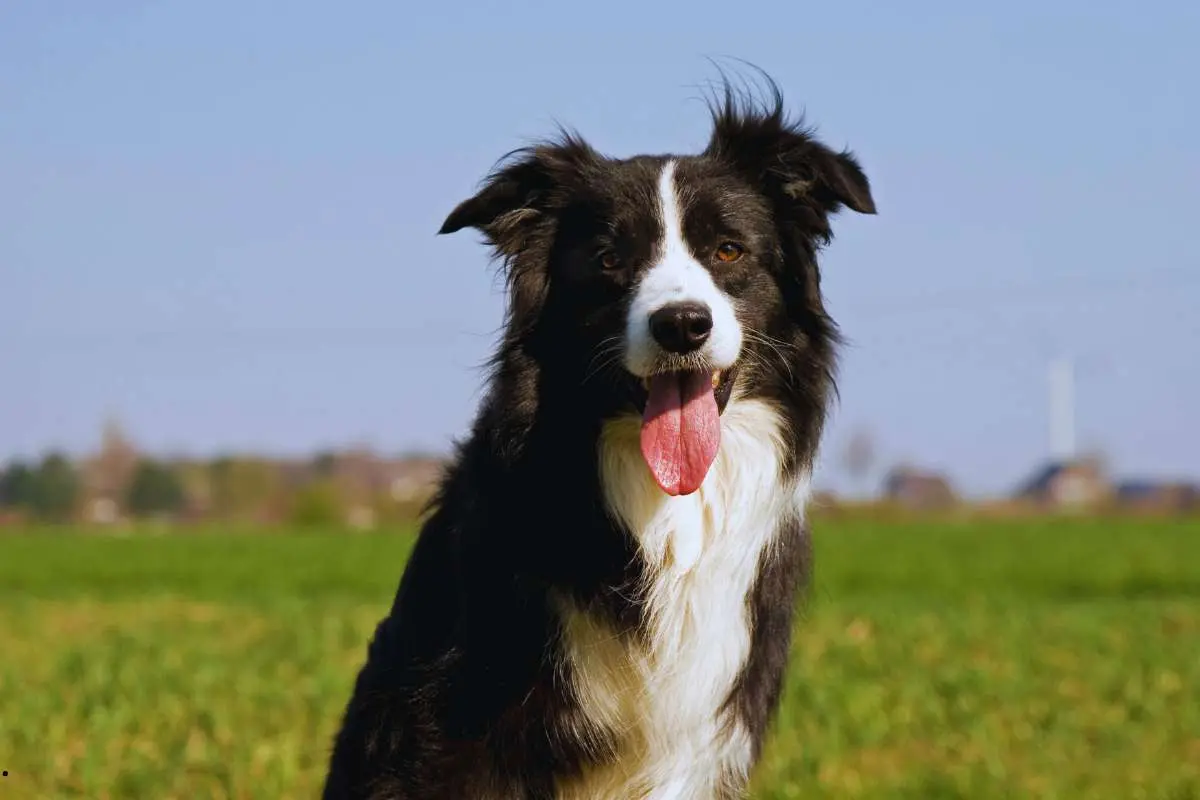Many different breeds of dogs are used in the exciting sport of flyball. Flyball is a fast-paced team relay competition for dogs, where they have to race over hurdles, trigger a box to release a tennis ball, and then carry it back over the hurdles to the finish line. It’s important to select breeds that are energetic, trainable, and quick on their feet for this thrilling activity.
Understanding Flyball
History of Flyball
Some of the earliest documentation of organized flyball races dates back to the late 1960s in California. It became a competitive sport in the 1980s and has since gained popularity worldwide. Originally designed as an entertaining pastime for dog owners, flyball has evolved into a fast-paced and highly competitive team sport for both dogs and their handlers.
Basics of the Sport
Basics of the sport include a team composed of four dogs and their handlers. Each dog must jump over a series of hurdles, trigger a spring-loaded box to release a tennis ball, catch the ball, and then run back over the hurdles to the start/finish line. The next dog cannot start until the previous dog has returned successfully. The team that completes the relay race without errors in the fastest time wins.
Plus, flyball requires high levels of coordination, speed, and teamwork between the dogs and their handlers. It is a great way for dogs to burn off energy in a controlled environment and also strengthens the bond between the canine athletes and their human teammates.

Types of Dogs Commonly Used in Flyball
Some types of dogs commonly used in Flyball are:
- Border Collies
- Australian Shepherds
- Jack Russell Terriers
- Whippets
- Mixed Breeds and Other Enthusiastic Runners
Border Collies
Border Collies are known for their intelligence, speed, and agility, making them excellent candidates for Flyball. They thrive on mental and physical stimulation, which is crucial for success in the sport. Their intense focus and drive to work make them ideal for the high-energy environment of Flyball competitions.
Australian Shepherds
While Australian Shepherds are also popular choices for Flyball teams, their herding instincts and boundless energy make them great competitors in this fast-paced relay race. Their strong work ethic and obedience training make them well-suited for the structured nature of Flyball. Border Collies and Australian Shepherds are often seen competing at the highest levels of Flyball due to their natural abilities and willingness to learn.
Jack Russell Terriers
One of the smaller breeds commonly found in Flyball competitions is the Jack Russell Terrier. Despite their size, they are known for their fearless and tenacious attitude, making them determined competitors on the Flyball course. With their high energy levels and quick reflexes, Jack Russell Terriers can match the speed and intensity required for successful Flyball runs.

Whippets
Whippets are another breed that excels in Flyball, thanks to their incredible speed and agility. Their sleek build and natural athleticism make them well-suited for the sprinting and jumping involved in the sport. For instance, Whippets are often used in Flyball teams for their ability to accelerate quickly and navigate obstacles with precision.
Mixed Breeds and Other Enthusiastic Runners
One of the wonderful aspects of Flyball is that it is inclusive of all breeds and mixes that have the drive and enthusiasm to participate. Mixed breeds, rescue dogs, and other enthusiastic runners make valuable contributions to Flyball teams. A passion for the sport and a willingness to work hard are more important than pedigree when it comes to flyball’s success.
Choosing the Right Dog for Flyball
Despite any dog being able to participate in flyball, there are certain factors to consider when choosing the right dog for this high-energy sport. Size, speed, temperament, and drive are important aspects to keep in mind.
Factors to Consider
- Size: Smaller, agile breeds like border collies and jack russell terriers are often favored for flyball due to their ability to navigate the course quickly.
- Speed: Dogs with fast acceleration and top speed are ideal for flyball, as the sport requires sprinting back and forth over hurdles.
- Temperament: A friendly and trainable temperament is crucial for a successful flyball dog, as they need to work well in a team setting and follow commands.
- Drive: Dogs with a high toy drive or food motivation are often well-suited for flyball training, as they will eagerly chase after the ball and enjoy the game.
This ensures that the dog not only enjoys the sport but also excels in it. This will lead to a more fulfilling experience for both the dog and the handler.

Assessing Your Dog’s Potential for Flyball
In assessing your dog’s potential for flyball, it is important to look for certain traits that indicate a predisposition for the sport. Some key indicators include high energy levels, athletic build, enthusiasm for fetch games, and quick reflexes.
Assessing your dog’s potential for flyball can also involve observing their trainability and ability to focus on a task amidst distractions. Dogs with a strong desire to please their owners and a willingness to learn new tricks and commands are often well-suited for flyball training.
Step-By-Step Guide to Getting Started in Flyball
Once again, flyball is a high-energy team sport that involves speed, agility, and coordination. If you are interested in getting started in flyball, here is a step-by-step guide to help you and your dog join in on the fun:
| Step 1: Find a Flyball Club | Step 2: Basic Obedience Training |
| Research and locate a flyball club or organization in your area. These clubs often offer training classes and resources for beginners. | Before starting flyball training, ensure that your dog has basic obedience skills such as recall, sit, stay, and focus. These skills are vital for safety and effective training. |
Joining a flyball club can provide you with access to experienced trainers and equipment needed for training and competition. These clubs often have regular practice sessions where you and your dog can learn the ropes of flyball.
| Step 3: Introduce Your Dog to the Equipment | Step 4: Practice, Practice, Practice |
| Introduce your dog to the flyball equipment gradually. Start with introducing them to the hurdles and the box without the ball. This helps familiarize your dog with the equipment and build confidence. | Consistent practice is key to success in flyball. Set aside time for regular training sessions to work on skills such as jumps, ball retrieval, and running back and forth over the course. |

Ensure that your dog is in good physical condition before starting flyball training. Flyball is a demanding sport that requires bursts of speed and agility, so it’s important to prevent injuries by conditioning your dog properly.
Remember that patience and positive reinforcement are vital when training your dog for flyball. Celebrate small victories and progress, and always keep training sessions fun and engaging for your furry friend.
By following these steps and staying dedicated to training, you and your dog can enjoy the thrill and excitement of flyball competition. So get out there, find a club, and start practicing – the flyball world awaits!
